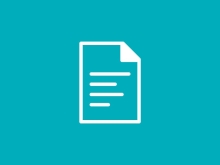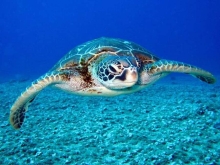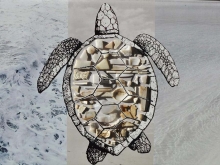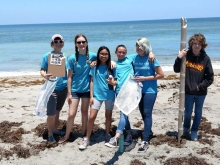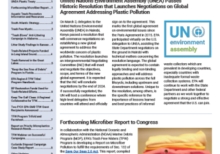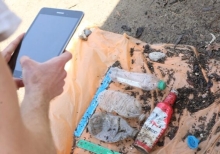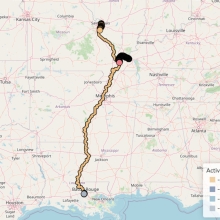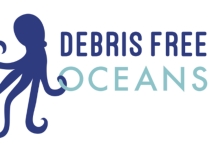PC: Marine Debris Guided Review
In this guided review, you will learn about marine debris and its impacts on humans and the environment. This review seeks to outline the origins, pathways, and studies surrounding marine debris. In the following resources you will find information about the consequences of marine debris as well as the strategies being developed to mitigate its impacts.
